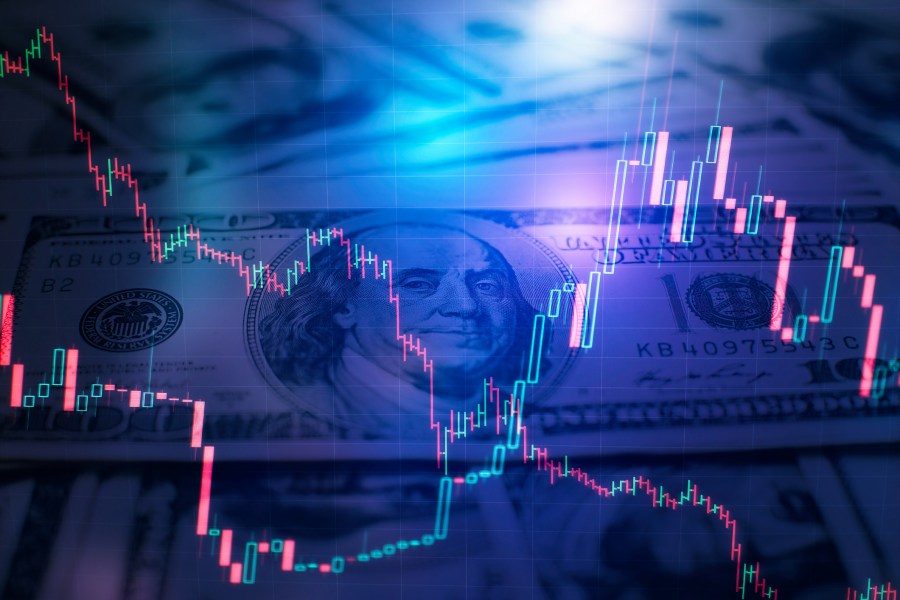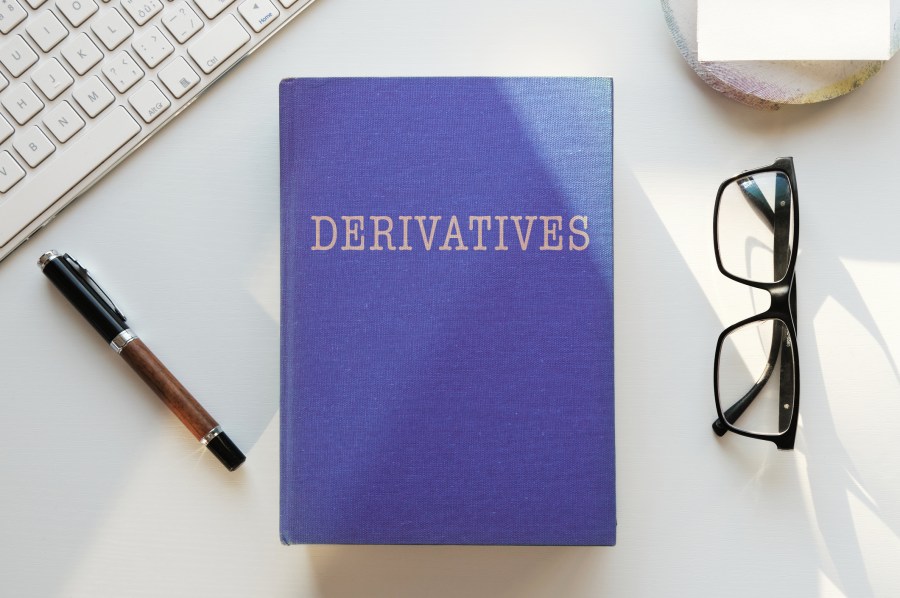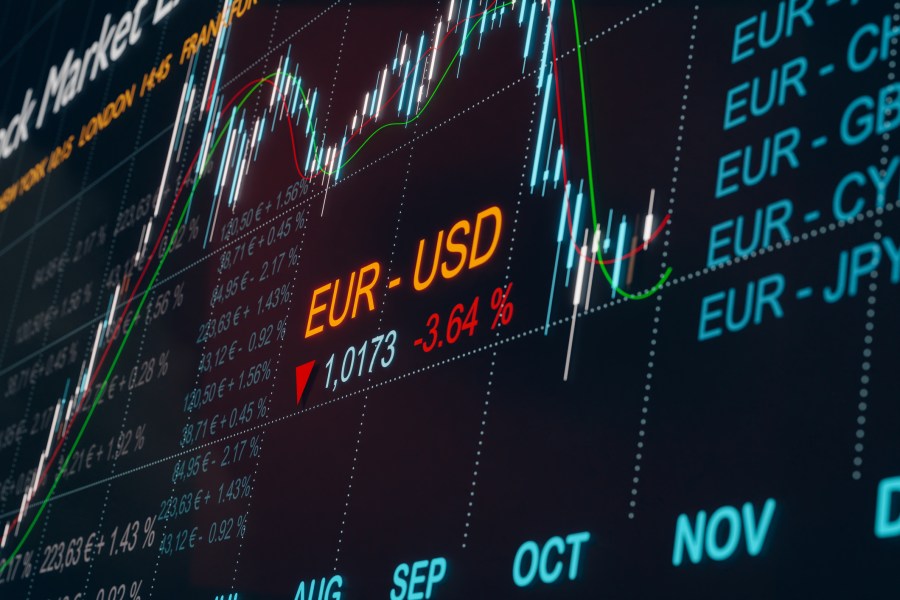When Can You Have Partial Derivative Without Continuity

When you're looking for investment options beyond traditional choices like stocks, ETFs, and bonds, the world of derivatives may be appealing. Derivatives can also serve a critical role, allowing for hedging or speculation, which are harder to capture using more conventional options.
However, if you're new to this market, you may be wondering, "What is a derivatives contract?" If so, here's a look at what they are, how they function, how they're used, the types available, and more.

According to the Office of the Comptroller of the Currency – which is part of the U.S. Department of the Treasury – "a derivative is a financial contract whose value is derived from the performance of underlying market factors, such as interest rates, currency exchange rates, and commodity, credit, and equity prices."
While financial or economic conditions play the largest role in pricing, they aren't the only influencers. Even non-financial instruments – such as the weather – can impact pricing for certain commodities, particularly those associated with food production.
The name "derivative" comes from the fact that the contract derives its value from the underlying asset. Since the value of the assets changes over time, so does the value of a derivative contract from an investment standpoint.
As with any form of investment, derivatives come with their own benefits and drawbacks. They create opportunities to hedge against risk or speculate, as well as lock in prices in advance. In some cases, they can lead to better overall diversification, and they're often leverageable in a variety of ways.
When it comes to drawbacks, there can be challenges when it comes to valuing the contract. Additionally, over-the-counter (OTC) variants could be subject to counterparty default, making them risky. Finally, supply and demand influences are often strong, and these types of arrangements can be surprisingly tricky to understand, making them challenging for investment novices.
How Derivative Contracts Work
Functionally, a derivative is a contract between two or more parties, and the parties to the contract take opposite positions as to whether the underlying asset's value will rise or fall. When one position becomes stronger than the other, purchasing a derivatives contract with that position generally costs more than taking the opposing position.
Derivatives are tradable on exchanges or privately, the latter of which is referred to as over-the-counter trading. In many cases, derivatives are usually used as hedging instruments, allowing an investor to offset certain risks relating to their broader portfolio.
However, derivatives can also be used for speculation. If there is reason to believe that the value of an underlying contract may shift in the coming months, investors may seek out related derivatives contracts that could support future gains. The trick here is finding another party who believes the opposite may occur. Additionally, only one will ultimately come out ahead.
Examples of Using Derivative Contracts for Different Goals

A simple example of hedging in the derivatives market is a European investor who buys U.S. stocks on a U.S. stock exchange. This investor is exposed to currency risk. He may see his profits from the U.S. stocks dwindle or be lost entirely if the value of his home country's currency moves in the wrong direction. To protect against this risk, this investor might buy a currency futures contract, a specific type of derivative financial instrument.
For speculation, the motivation is different. If an investor believes that a stock is undervalued, they may seek out a derivatives contract to potentially capitalize on future asset appreciation, should it occur. The contract allows the investor to commit to purchasing the asset on a future date for the price listed today. If the price rises, they spend less than the asset is worth, resulting in a gain. However, if they're incorrect, they still have to proceed with the purchase, causing the other party to come out ahead.
Types of Derivative Contracts

There are several types of derivatives contracts available either through exchanges or over-the-counter. Generally, they're separated into two categories: lock and option.
Locks include futures, forwards, and swaps. With these, both parties involved in the contract are bound by the terms and must purchase, sell, or swap assets at the initially agreed-upon price, regardless of how the value of the asset shifts during the contract period.
Options – most traditionally stock options – give a person a right to buy or sell an asset, but don't come with an obligation to do so. As a result, they can consider how the price of the asset changes before making a decision, as long as one is made by the contract's expiration date. Since they're flexible, they can work well for both hedging and speculating, all without the risks associated with alternatives that include contractual obligations to proceed.
Are Futures Contracts Derivatives?

Futures contracts – also referred to as simply "futures" – are derivatives since their core value is determined by an underlying asset and its performance over the contract period. This form of a derivative is traded on exchanges, including, but not limited to, the Chicago Mercantile Exchange. That provides an extra layer of safety when compared to over-the-counter alternatives, as futures are regulated while OTC derivatives are not.
Generally, futures contracts are used primarily for speculation. As a result, investors are more likely to explore them if they believe the value of an asset is poised to rise or fall significantly in the near term.
Forwards are also derivatives contracts. Unlike futures, they are traded over the counter, so there's less regulation. This can make them far easier to customize and allows them to reflect assets that aren't available through futures. They're a popular tool for hedging but can serve other purposes, but they do involve far more risk than futures.
Are Derivatives Good Additions to Your Portfolio?

Whether derivatives are good additions to your investment portfolio depends on your financial goals, risk tolerance, comfort level, and access to suitable exchanges or OTC marketplaces. Generally speaking, the complexity of these contracts makes them poor fits for beginners, particularly those with smaller portfolios where hedging isn't as necessary.
However, after educating yourself on how they work and if you're comfortable with the risks, they can add a new degree of diversification to your investment strategy. As a result, it's not a bad idea to keep them on the table, suggesting they work well with your broader vision.
Source: https://www.askmoney.com/investing/what-is-a-derivative-contract?utm_content=params%3Ao%3D1465803%26ad%3DdirN%26qo%3DserpIndex&ueid=0fe460c8-073f-4312-a1c5-a0f6b23017d6
0 Response to "When Can You Have Partial Derivative Without Continuity"
ارسال یک نظر